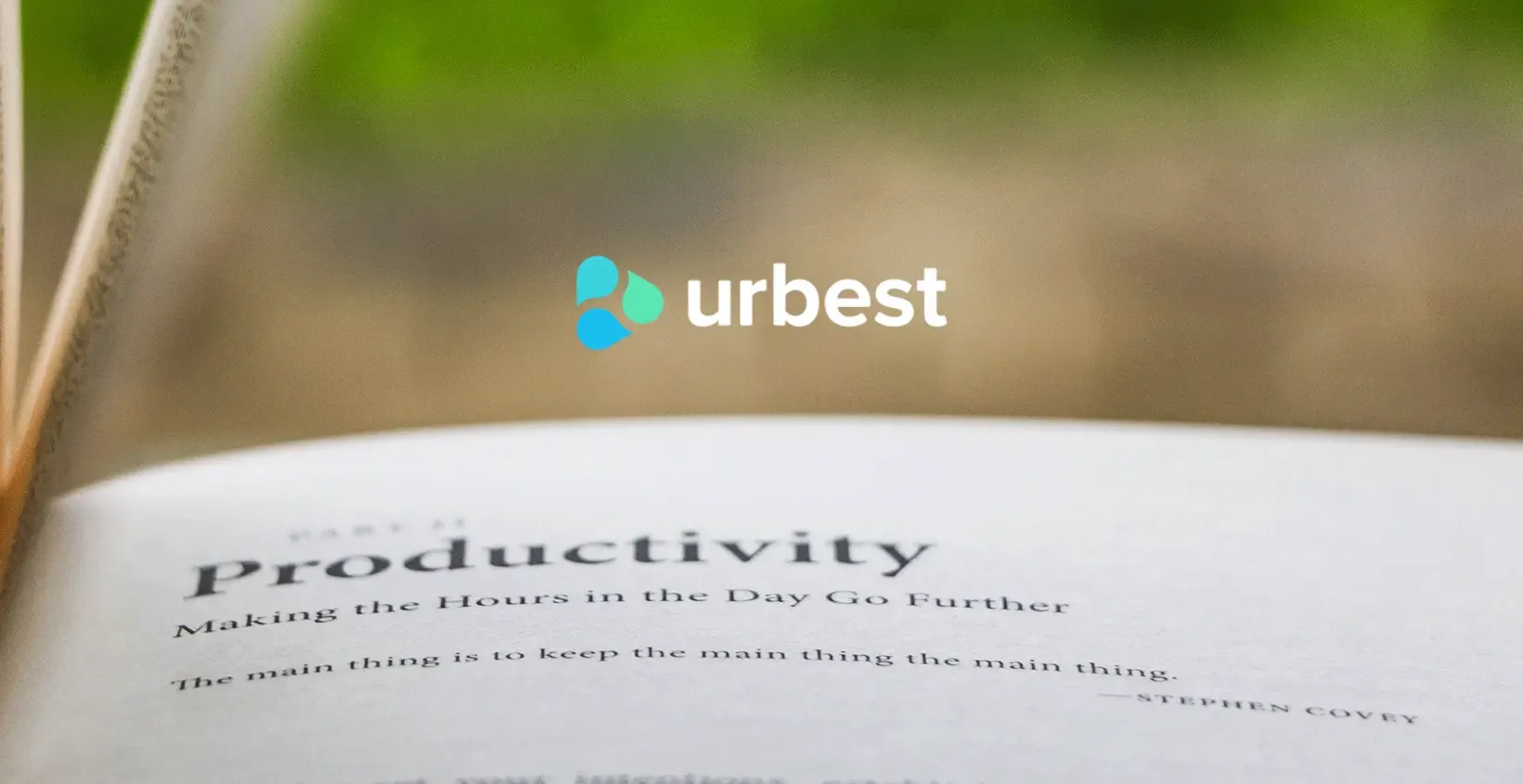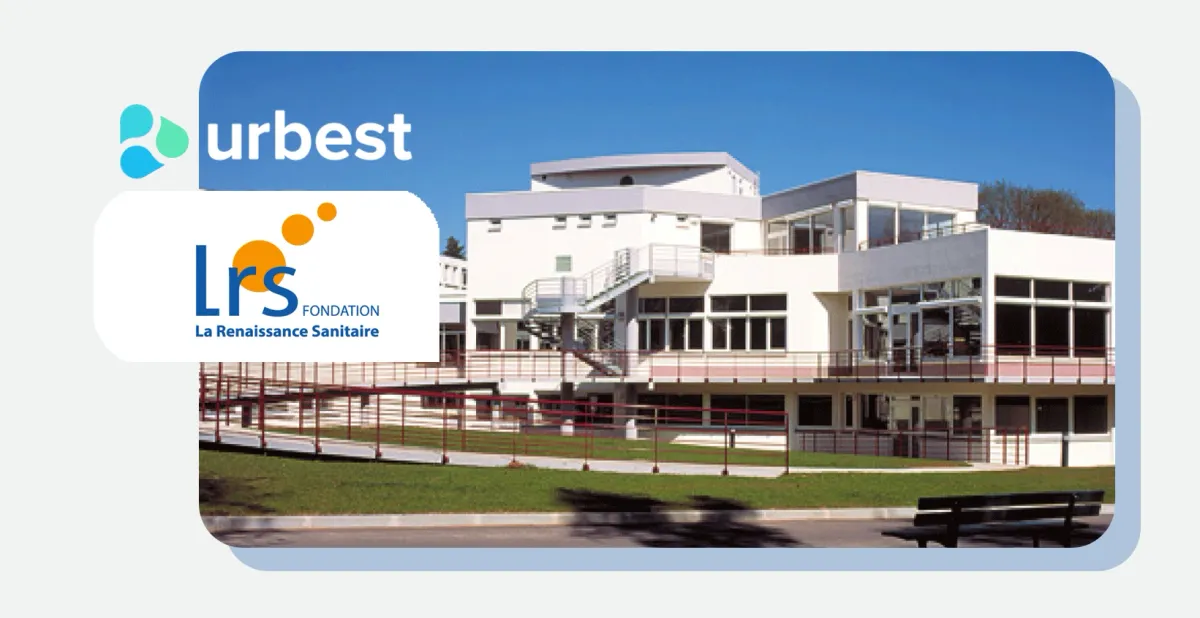Productivity gain
Productivity gains refer to benefits when labor productivity increases. This term applies to companies and the economy. Productivity measures the efficiency of workers in performing tasks. The more productive workers are, the more goods and services they can produce.

What is “productivity gain”?
Productivity gains refer to benefits when labor productivity increases. This term applies to companies and the economy.
Productivity measures the efficiency of workers in performing tasks. The more productive workers are, the more goods and services they can produce.
Understanding Productivity
Productivity is the key source of economic growth and competitiveness. A country’s ability to improve its standard of living depends almost entirely on its ability to raise its output per worker, i.e., producing more goods and services for a given number of hours of work. Economists use productivity growth to model the productive capacity of economies and determine their capacity utilisation rates. This, in turn, is used to forecast business cycles and predict future levels of GDP growth. In addition, production capacity and utilisation are used to assess demand and inflationary pressures.
How can you measure the productivity gained?
Before going here we have to understand the following terms:
Labor productivity:Labor productivity refers to the output a worker can produce. It applies to a company, industry, or economy. To calculate it, you can compare the quantity output with workers or hours worked.
Gross Domestic Product: is the total market value of all final goods and services produced in the domestic economy during a certain period. Alternatively, we can also define GDP as the total expenditure or total income in the economy.
We measure labor productivity by dividing output – for the economy, represented by gross domestic product (GDP) – to the quantity of labor used to produce the output. For example, when the output per worker of a country rises from 100 units per worker to 120 units per worker, the country makes productivity gains.
Productivity can be a source of competitive advantage. Labor costs usually cover a large part of the total production cost.
A more productive workforce allows firms to produce more output using the same amount of labor. Or, the company produces the same amount of output but more quickly. Thus, high productivity lowers operating costs. Because of their low costs, firms earn higher profits even when setting the selling price at the industry average.

Tips for measuring productivity
Each company has its own methods of measuring productivity. The variety of methods reflects the fact that every company is different in terms of its structure and focus. Therefore, companies typically tailor productivity measuring tools to best suit their needs.
That being said, there are several broad categories of productivity measuring that one can come across during work life:
- Profits assessment
- Number of jobs done
- Time spent
- Comparing labor time to goods produced
- Monitoring employee progress
Some items such as quality can also be assessed such as :
- Customer satisfaction
- Feedback and peer assessment
Productivity gain in general:
Multiple techniques can be used to realise productivity gain :
- Saving time for people with efficiency tools such as electronic signature, software for task management, geolocation App, automation of repetitive tasks
- Saving product or material by re-using what can be re-used and simply using less inputs or material to deliver an output. In construction or refurbishment, this is achievable by knowing precisely the quantity of material needed to deliver a project.
How can one improve a maintenance team’s productivity?
In the context of maintenance and services, new facilities management software embracing a collaborative approach for maintenance can make a difference (aka CMMS software). A CMMS expedites the maintenance management process and helps coordinate maintenance teams.
Collaborative platforms such as Urbest.io help businesses run more efficiently by easing every interaction between team members and shortening the time an information takes to get from A to B.
Collaborative softwares facilitate total productive maintenance for various types of buildings such as offices, warehouses, schools, industrial facilities and more. Field services softwares come loaded with a plethora of productivity-enhancing features, but there are some that stand out:
Being notified at the right time for the right action to do next
Searching and accessing data instantly
Optimising free time slots with calendars
Analysing patterns in data to avoid future problems
Allocating tasks to people with the right level of skills (not overqualified)
If you would like to discuss your way of working and how to achieve productivity gains, you are more than welcome to reach out to hugo@urbest.io for a free consultation.
For more reading on productivity or change management, check out these articles :



